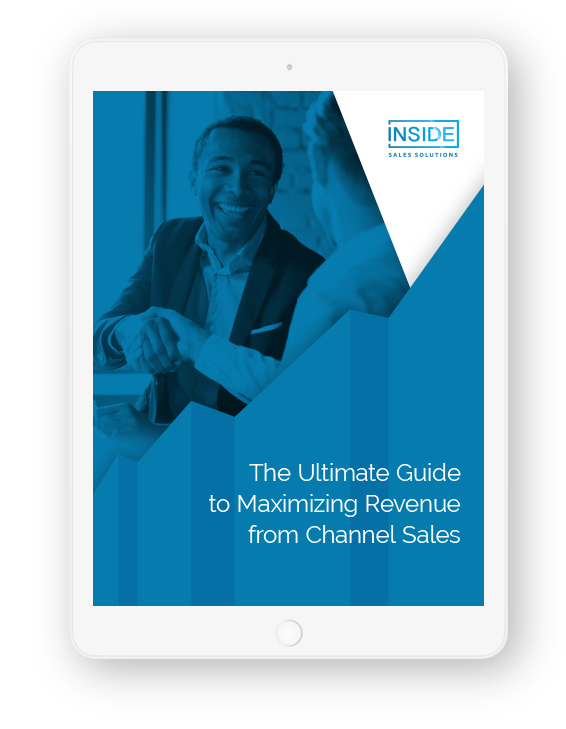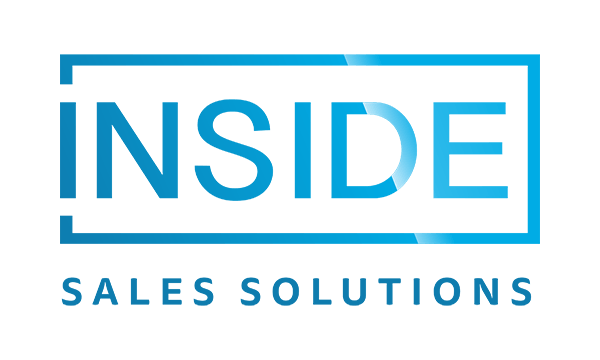Is your outbound sales team up to par? Are your sales efforts getting the results they could be? Do you know which parts of your sales funnel are creating a bottleneck? It’s time to make sure you’re tracking the right sales metrics.
Many sales teams focus on metrics like the number of calls made or emails sent, but these don’t tell you much about your progress.
The ultimate goal of course is to boost your overall close rate, but to really improve your outbound sales, you need to dig into all metrics that take you from initial prospecting to close-won.
Today we’ll delve into the most important outbound sales metrics you should be tracking and how they can help you drive better results for your business.
By applying these metrics, you’ll be able to identify areas for improvement and make more informed decisions about your outbound sales strategy.
The better you understand each of these, the more you can improve the specific factors holding them back and boost your total close rate.
How many accounts do you contact to get to one meeting?
This can be a good indicator of the efficiency of your early outreach efforts and help you identify potential bottlenecks in the process.
For example, if you’re contacting an average of 10 accounts before you get a meeting, but your goal is to schedule one meeting for every 5 accounts, you may need to revisit your outreach strategy and identify ways to improve your chances of getting a meeting with each potential client.
Learning this metric helps you figure out how many leads you need to hit your meetings goals. You may find you need to invest more resources in getting more leads for your team to contact.
Get the Ultimate Guide to Maximizing Channel Sales
How many calls and/or sales activities until a meeting?
Similar but worth distinguishing from accounts per one meeting, consider the number of calls it takes to get to the right meeting. Among other things, this can help you identify and improve any issues with your messaging or targeting.
For example, if it takes your team an average of 3 calls to get a meeting, but your goal is to schedule a meeting after the first call, you may need to dial in your positioning or spend more time on prequalifying if you want to improve your chances.
Work on taking steps at each point in this process to make sure your preliminary calls lead to the next call or appointment.
Along the same lines if you have a multi-touch approach, another important outbound sales metric to consider is the number of sales activities it takes to schedule a meeting. This can include phone calls, emails, texts, LinkedIn messages, and other forms of outreach.
When using a cadence-based approach to outbound sales, it’s especially important to track the number of touches it takes to get to a meeting. This can help you optimize your cadence and ensure that you’re effectively reaching and engaging potential clients.
Meaningful interactions and insights
In addition to tracking traditional outbound sales metrics such as the number of accounts and activities it takes to schedule a meeting, it’s also important to consider tracking meaningful interactions. These are interactions that provide valuable information or progress in some way, whether positive or negative.
For example, if a potential client tells you they are definitely not interested and provides some insight into why, that is useful intel. It allows you to adjust your approach and potentially avoid wasting time and resources on clients who are unlikely to become paying customers.
On the other hand, if a potential client gives you a definitive yes and provides some information about their needs and preferences, that is also valuable. It can help you tailor your sales pitch and double down on what’s working, helping you close subsequent deals more effectively.
If a potential client tells you they are definitely not interested and they provide some insight into why, that is useful information.
Tracking meaningful interactions can provide valuable insights into your sales process and help you identify any potential issues or opportunities. It can also help you gather valuable intelligence about your competitors and the market as a whole.
For example, if you’re consistently being told no due to a certain competitor, it may be worth examining what the competitor is doing that you’re not, adapting your approach accordingly. Or if the lead is doing something internally that solves the problem, you can develop marketing assets around that.
Cycle times (lead to pipeline)
High close rates look great on the surface, but not if the average deal takes a lifetime to close. With average cycle times increasing in recent years (and more during recessions), you’ll want to keep an eye on this metric.
Outbound cycle times are often about three times longer than inbound cycle times.
Track the length of time it takes for a lead to move from the lead stage to the pipeline, and bear in mind that this will be different for outbound than it is for inbound.
Outbound cycle times are often about three times longer than inbound cycle times, as inbound leads already have some awareness and interest. For instance, it might take an average of 30 days to close a deal with inbound leads, while outbound leads might take an average of 90 days to close.
As you dig deeper into cycle times, you can more easily spot areas that would benefit from fixes like more automation, better training, outsourcing some sales operations, or redesigning your processes.
Ultimate close rate, from meeting to closed-won
Your total close rate doesn’t tell you all that much by itself. Break down your close rate if you want more actionable insight from it.
For SDRs, what is the rate from lead to pipeline (outbound)?
For account execs, what is the rate from pipeline to closed-won?
These rates aren’t always in lock step. Breaking them down helps you understand if one team is underperforming, so you have a better sense of what needs improvement.
If you find that account execs are closing deals left and right, but SDRs are having a hard time converting leads into meetings, giving your SDRs some additional training will give your account execs a lot more opportunities to drive your total close-won number up.
Take a look at other outbound areas too — how is each vertical performing over the other? Do some split testing within the SDR function and look at each vertical’s performance to compare.
Buyer persona comparisons
By analyzing the buyer personas of all the leads that are taking meetings, compared with the few who progressed from those initial meetings and are ultimately closing, you can gain valuable insights into what types of buyers are most likely to move forward with a purchase.
Senior-level personas are less likely to take an initial meeting but more likely to close once they have taken it.
For example, you will often find that junior-level personas are more likely to take an initial meeting but less likely to move forward with a deal, while senior-level personas are less likely to take an initial meeting but more likely to close once they have taken it.
By understanding which personas are most likely to move forward with a purchase, you can focus your efforts on targeting and engaging those buyers more effectively.
Improving your metrics
While this list is by no means exhaustive, these metrics will help move the needle more than most others. If you’re struggling to track the right metrics or feel like your outbound sales efforts could use a boost, consider working with an outsourced sales development service.
These services can provide expert guidance and support to help you optimize your outbound sales efforts, so you can fill your pipeline with quality leads and push your closed-won rate where it needs to be.
Download this article for quick reference or share with your team!
If you liked the article, enjoy a free copy! Download and keep it for easy, on-demand access.


